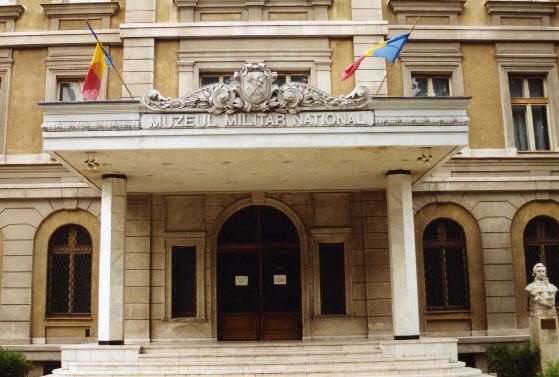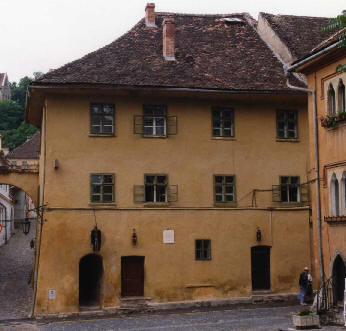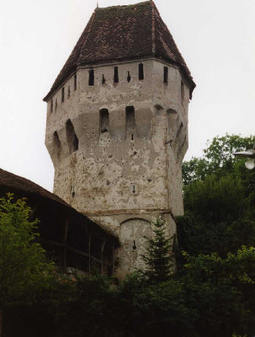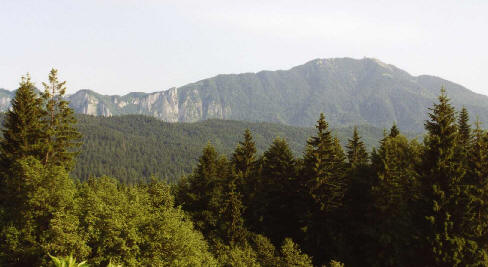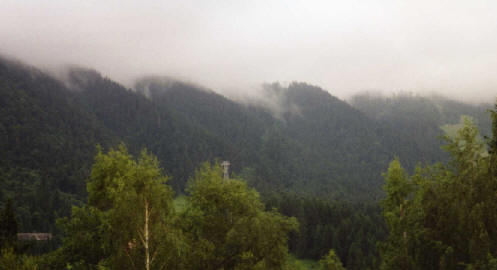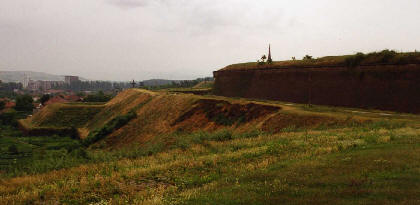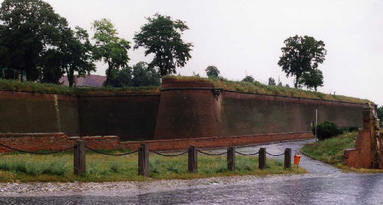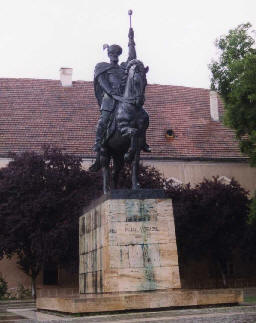- Home
- About
-
Travel
-
Features
- Dyrrachion1081
- Normans in the Balkans
- Manolada 1316
- Kosovo 1389
- Castles on the Danube
- Late Medieval Bosnian Army
- Doboj 1415
- Wallachian and Moldovan troops of the Napoleonic wars
- Anchialos 917
- Slovenian Borderlands
- The Zadruga and the Military Border
- Cretan War in the Adriatic
- Salonika 1916
- Uskoks of Senj
- Siege of Klis 1537
- Eugene in the Balkans
- Moldavian Surprise 1711
- Austro-Turkish War 1737-9
- Militargrenze
- Invading Ottoman Turkey
- Siege of Ragusa 1814
- Russo-Turkish War 1806-12
- Serbian Uprising 1815
- Ali Pasha
- Ottoman Army 1826
- Aleksinac 1876
- Shipka Pass
- Slivnitsa 1885
- Romanian Army 1878
- Austrian forts 19thC
- Kumanovo 1912
- Catalca Lines
- Adrianople 1912-13
- Kajmakcalan 1916
- The other 1918 campaign
- Macedonia air war WW1
- War of the Stray Dog
- Royal Yugoslavian armed forces
- Blunder in the Mountains
- Romanian SS
- Gebirgsjager in the Balkans
- Knights Move 1944
- Vis during WW2
- HLI in the Adriatic
- Adriatic Cruel Seas
- Dalmatian Bridgehead
- Cyprus 1974
- Transnistrian War
- Ottoman Navy Napoleonic wars
- Medieval Balkans
- Balkan lockdown quiz >
- Reviews
-
Armies
- Ancient Greeks
- Pyrrhic army of Epirus
- Dacian wars
- Goths
- Late Roman
- Comnenan Byzantine Army
- Normans
- Serbian medieval
- Albanian medieval
- Wallachian medieval
- Bosnian Medieval
- Catalan Company
- Polish 17C
- Austrian Imperialist
- Ottoman
- Austrian 18thC
- Russian Early 18thC
- Ottoman Napoleonic
- Greek Revolution
- 1848 Hungarian Revolution
- Russian Crimean war
- Romanian Army of 1877
- Ottoman 1877
- Russian 1877
- Balkan Wars 1912-13
- Macedonia WW1
- Greece WW2
- Italian Army WW2
- Gebirgsjager WW2
- Hungary WW2
- Turkey WW2
- Soviet Union WW2
- Bulgaria WW2
- Turkish Korean War Brigade
- Balkan Wars 1990s
- Links
- Books
Romania
Muzeul Militar National - Bucharest
Romania's National Military Museum is based in an army barracks at Str. Mircea Vulcanescu in Bucharest. By any standards this is an impressive collection covering the army, air force and naval history of Romania in an area of 22,150 sq.m.
The main building provides a chronological tour of Romanian military history. The displays are of a high standard with excellent fortification models and clear maps covering the main campaigns. The uniform displays and dioramas fill many of the gaps in English language publications. A lack of captions in English is not a major problem, although a dictionary is a useful aide!
The grounds hold a huge collection of artillery covering just about every heavy weapon used in the Balkans during the 20th Century, including rail guns and tanks. A separate hanger holds a collection of aircraft from early experimental flying machines, the F-10G biplane through to the WW2 IAR 80 and IAR 93 jet.
Unlike many East European museums the collections are well structured with helpful staff. There is a modest range of publications for sale including an English language video all at (for the Western tourist) bargain prices. Highly recommended.
Whilst in Bucharest the National History Museum has plaster casts from Trajan's Column together with an extensive collection of arms and armour of the same period. However, in contrast to the Military Museum the staff are surly and unhelpful with not even an adequate floor plan to guide the visitor.
Romania's National Military Museum is based in an army barracks at Str. Mircea Vulcanescu in Bucharest. By any standards this is an impressive collection covering the army, air force and naval history of Romania in an area of 22,150 sq.m.
The main building provides a chronological tour of Romanian military history. The displays are of a high standard with excellent fortification models and clear maps covering the main campaigns. The uniform displays and dioramas fill many of the gaps in English language publications. A lack of captions in English is not a major problem, although a dictionary is a useful aide!
The grounds hold a huge collection of artillery covering just about every heavy weapon used in the Balkans during the 20th Century, including rail guns and tanks. A separate hanger holds a collection of aircraft from early experimental flying machines, the F-10G biplane through to the WW2 IAR 80 and IAR 93 jet.
Unlike many East European museums the collections are well structured with helpful staff. There is a modest range of publications for sale including an English language video all at (for the Western tourist) bargain prices. Highly recommended.
Whilst in Bucharest the National History Museum has plaster casts from Trajan's Column together with an extensive collection of arms and armour of the same period. However, in contrast to the Military Museum the staff are surly and unhelpful with not even an adequate floor plan to guide the visitor.
Transylvania
Starting with Vlad the Impaler's birthplace in Sighisoara. Then the Tinsmiths Tower, part of the extensive Sighisoara town walls.
Starting with Vlad the Impaler's birthplace in Sighisoara. Then the Tinsmiths Tower, part of the extensive Sighisoara town walls.
Assuming you could fight your way into Transylvania, at least from the south, through passes such as this through the Bucegi Mountains. And then the Carpathians, in the mist of course!
A somewhat later military site worth visiting in Transylvania is the well preserved Austro-Hungarian fortification at Alba Iulia.
